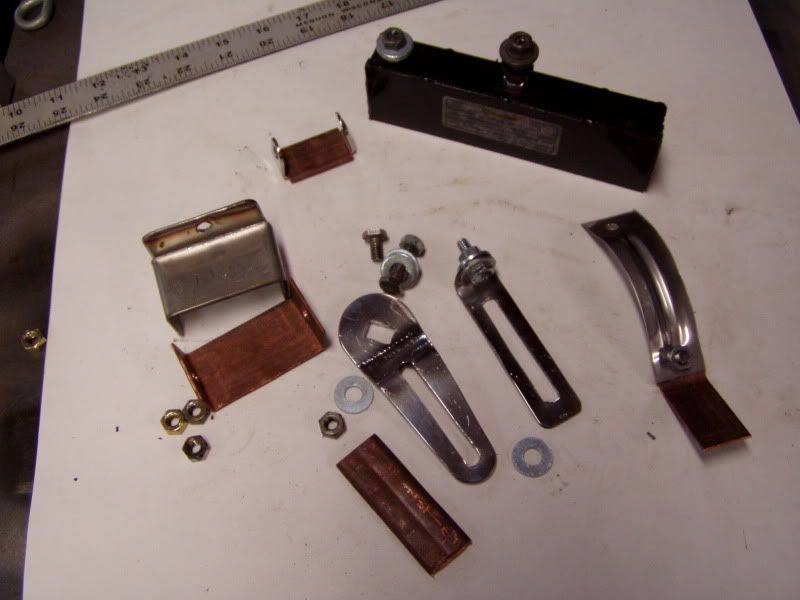serrata
Well-known member
I'm just having a terrible time learning how to weld flat sheetmetal on bodywork.
I've done okay on the curved areas on the back of my 33 chevy, but the roof is giving me fits. When I tacked the main sheet on the roof, it lined up great and fit perfectly. Once I welded the seams, everything in the flat areas warped and rippled horribly. I've tried several things I've found on youtube videos:
- Heating spots in the middle of the rippled area and quenching it with cold water. This seems to have minimal effect, event when done over and over.
- Hammering the seam after grinding the bead down seemed to work somewhat in one area, but others doesn't seem to do anything to flatten out the buckled areas next to it.
The sheetmetal is 18 gauge mild steel.
What advice can you guys give me?
I've done okay on the curved areas on the back of my 33 chevy, but the roof is giving me fits. When I tacked the main sheet on the roof, it lined up great and fit perfectly. Once I welded the seams, everything in the flat areas warped and rippled horribly. I've tried several things I've found on youtube videos:
- Heating spots in the middle of the rippled area and quenching it with cold water. This seems to have minimal effect, event when done over and over.
- Hammering the seam after grinding the bead down seemed to work somewhat in one area, but others doesn't seem to do anything to flatten out the buckled areas next to it.
The sheetmetal is 18 gauge mild steel.
What advice can you guys give me?




























































